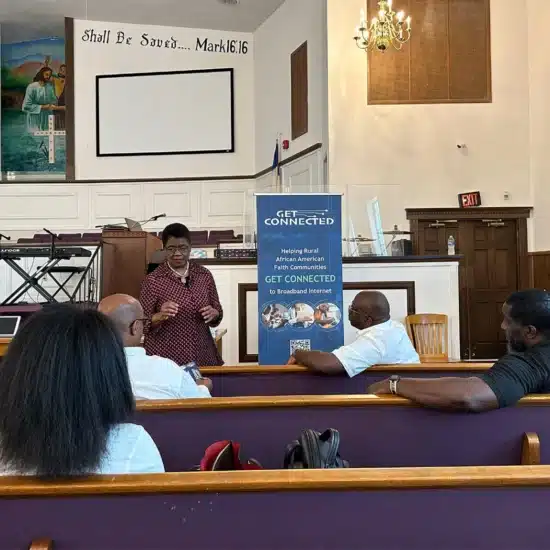Increasingly, churches provide money-management seminars that offer participants advice on how to get out of debt and stay that way.
 |
But should churches themselves follow the same advice and principles as individual consumers? Is church debt ever acceptable?
Dave Ramsey of Financial Peace University believes congregations should follow the same principles, even to finance church buildings.
In a February 2011 article posted on his website, he notes per-member giving to the church as a portion of income decreased from 2.45 percent to a little more than 2.17 percent between 1968 and 2006. A debt-free church would be better equipped to deal with revenue shortages.
He also believes the church that practices debt-free living is more effective in ministry.
"Imagine what your church could do if it wasn't burdened by debt. You'd be able to give more to the community, and support missions and giving efforts within your church," Ramsey said by email. "Your leadership wouldn't be stressed by the pressure of raising funds in order to pay the bills."
Crown Financial Ministries lays the burden of church debt at members' feet. "It's not a lack of money that necessitates church borrowing. It's lack of commitment to give," the ministry says on its website.
Ty Salter of the Southern Baptist Convention's North American Mission Board agrees that "debt-free is the best position for a church to be in," but stresses ministry goals should direct church budgeting and borrowing.
"It's our desire, too, that churches not be in debt," explained Salter, national coordinator of NAMB's church finance ministry. "If a church is not handling debt responsibly, that is problematic."
But, he added, under certain circumstances and if "handled wisely and retired quickly," debt can be acceptable. He cited borrowing to build or to smooth timing differences as two possible reasons for a church to go into debt.
Some churches use a short-term line of credit to bridge the timing gap that might occur in summer. Offerings and other receipts often drop during the season as members go on vacation. Some ministry expenses, such as Vacation Bible School or mission trips, might rise as well.
Many congregations put money back during the spring to cover the anticipated revenue shortfall. Others rely on a credit line to fill the gap, intending to pay off whatever is borrowed as quickly as possible as revenues increase.
Salter emphasized ministry should drive capital needs and possible construction or refinance options.
"If the ministry is growing and the community is growing, the church may need to expand, and sometimes it can't raise the money fast enough" to meet ministry needs, Salter added. "Buildings really are only tools for ministry. Churches want to make sure they have the right tool to do ministry."
Glen Miller agrees ministry needs should determine whether a congregation chooses to take on debt. The founder of Miller Management in Columbia, Mo., believes churches can follow a middle ground between being debt-free or taking on debt under the mistaken idea: "If we build it, they will come."
"The gospel message is critically important," he said. "What can churches do to leverage debt to expand ministry?"
His firm, which is nearly debt-free now, reaches hundreds in ministry. "Without debt, my company would not be in business," he said. "A good, well-managed loan can help the church."
Miller works with several churches and other nonprofits.
"I don't think one size fits all" when deciding whether to borrow to expand ministry. "The congregation must pray and consider what God has in mind for the ministry. Is debt part of that? Sometimes yes, sometimes no," he said.
If a church decides to borrow, how much is too much? NAMB consultants agree "the lowest is the best," Salter said. "We like to see churches stay at around 25 percent" of their annual budget for debt service. "We don't like to see it higher than 30 percent."
Miller recommends low as well, and encourages churches to consider a building's total cost, including mortgage, utilities and maintenance. Debt service should not exceed 10 percent to 15 percent, if possible.
"Above 15 percent pushes on other ministries," he said. "Shop three banks, at least, and look for overall returns, penalties and terms."
What should leaders do if the church is in financial trouble? Be honest, Ramsey says. Don't hide issues. Let members know the need and what they can do to help.
Miller also emphasized members must see paying off debt "as part of the church's overall mission and vision. … When it becomes an obsession, I think it can be counter-productive."






